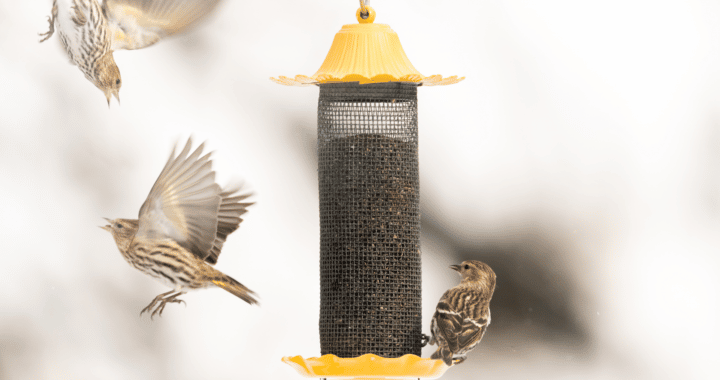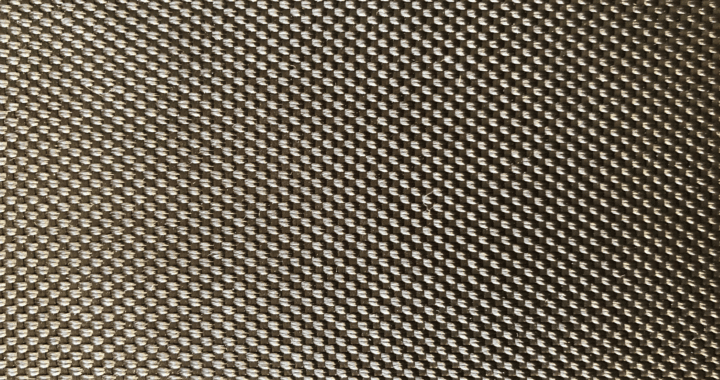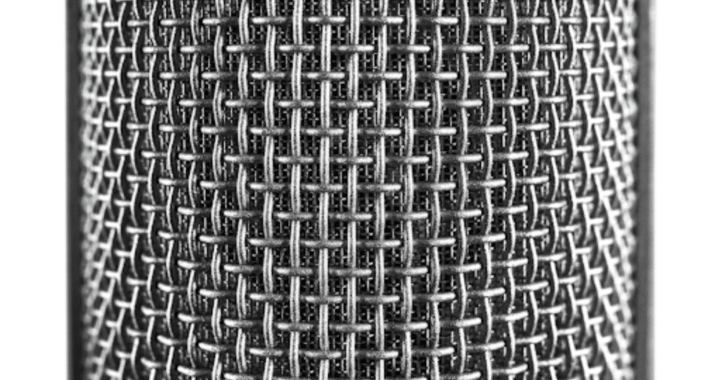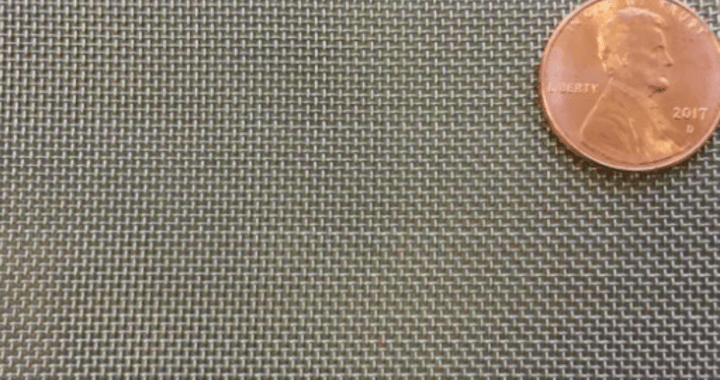Wire mesh is a wonderfully affordable material that lets your imagination run wild. Virtually any type of wire mesh can be molded into what you need to fit a multitude of household needs and DIY projects. Wire mesh comes in many different types, standards, and patterns to cater to specific projects on your to-do list. In addition to the versatility of wire mesh, the material’s durability can assist in making your finished product last longer. Once you pick your project, finding the right mesh specifications should become your first priority. Lawrence Sintered Mesh can help you find just what you need and make sure you’re buying the best product. If you’re looking for inspiration for your next DIY project, check out these five things you can create using wire mesh!
Welded Wire Mesh Panels to Spruce Up Your Staircase
Stairs get us from point A to point B, but that doesn’t mean they can’t look good too. Decorative wire mesh is a practical addition to stairways, both indoors and outdoors. Whether you prefer a rustic or modern look, there are a few different ways that your stairway can incorporate wire mesh. Since there are many different types of alloys for the manufacturing of wire mesh, it is easy to find the exact look and feel that you want. If you plan on creating stair guards for the outdoors, using something similar to a 304 stainless steel will work great, as the alloy is non-magnetic, corrosion resistant, and highly malleable. Stainless steel wire mesh is one of the most commonly used wire mesh varieties. Welded wire mesh panels can double as both guardrails, keeping staircases feeling open, while still ensuring safety.
Once you pick your specific type of welded wire mesh panels, you will have to measure them out to fit within the posts of your staircase rail. Another important indication to make beforehand, is what side you would like to place the mesh on and how you would like to secure the panel. If working with metal staircases, welding the wire mesh in place will work the most seamlessly, however for wooden staircases outdoors, stapling the mesh into place can work just as well.
Galvanized Hardware Cloth to Create Your Own Compost Bin
Home composting is becoming more popular every year. Composting reduces the amount of waste going to landfills, while cutting down on greenhouse gases entering the atmosphere. Composting can be done in your own backyard using wire mesh or galvanized hardware cloth. Galvanized steel is a great option for compost bins, as the galvanized coating is made of zinc, which helps prevent water and other corrosive elements from interacting with the steel.
Taking a roughly 3×15 ft. roll of galvanized hardware cloth you can create your own compost bin. First roll out your mesh and set heavy items on the corners to “flatten” your material. It is likely that the rolled mesh will want to stay rolled. Once you’ve given your mesh ample time to relax, you can then begin to mold it into the size of bin you want, if you want to make a shorter bin you will need wire cutters to take off a few feet from the top. Lastly to keep its form, use rope, zip ties, or bungies to hold the mesh in place. Once in place you can begin composting.
Bird Watching Made Easy with a Wire Mesh Bird Feeder
Bird watching never goes out of season. You can make sure your feathered friends have a new place to eat with a DIY bird feeder made out of wire mesh. Similar to the compost bin, you will create a cylindrical shape with your wire mesh of choice. Depending on the size of the feed you use, you may require a type of mesh with small openings to keep the seeds from falling out of the sides of the mesh.
Once you have your mesh of choice, you’ll need two plates to work as the top and the base of the feeder. To complete your bird feeder, you’ll use a plastic tube as a separator, and hot glue the two plates to each end of the plastic tube. A rope in the middle of the contraption with a knot at the top will give space to add more bird feed inside. The wire mesh will go in between the two plates, working to hold the bird feed from spilling out. Make sure to bend the mesh up on the bottom, so that feed can fall out onto the plate.
Industrial Strength and Decorative Design Meet for a Kitchen Herb Organizer
One of the trendiest home decor items as of late, is wire grids used to hang different household items on. This DIY project not only saves drawer space, but allows for easy access to whatever you have hanging on the grid. Creating a kitchen herb organizer for the kitchen can make grabbing that fresh cilantro or basil the easiest part of your next recipe. For this project, a metal mesh with large openings will work best.
Since this organizer will reside on the kitchen wall, the ability to use fun and more decorative materials are possible. With a variety of mesh alloys available, it is very possible to match your organizer with the same hardware colors as your kitchen cabinets or faucet. Brass woven wire mesh has a golden yellow color to it, making it look more decorative than industrial. Bronze wire mesh has a distinctive reddish hue to it and is another great option for a dark colored kitchen.
To create your own kitchen herb organizer, you’ll need your large opening wire mesh of choice, wall anchors or screws, and hanging plant pots. You can also frame your wire mesh for a more natural wall-decor look. Make sure the wall anchors or screws are strong enough to support both the weight of the metal mesh and the added weight of your hanging potted plants. Measure out where you would like the plant organizer to hang, and make sure there is plenty of natural light for your plants. Once you’ve placed your wall anchors, you can hang your wire mesh directly onto the anchors. Lastly, you will place the hanging plant plots wherever you’d like on your newest kitchen accessory.
Protect Your Plants From Pests with a Wire Mesh Garden Cover
Keep your plants free from squirrels, raccoons, rabbits and other critters with a wire mesh garden cover. No matter the size of your garden, wire mesh can create a custom solution to keep your plants protected, while allowing the beneficial outdoors elements like sun and rain to do their job.
Depending on your current growing environment, wire mesh can be molded to fit your already existing gardening structure. If you are using a raised garden bed made out of lumber, adding wooden stakes to all four corners of the bed for wire mesh to mold around will work best. Secure your wire mesh on each side of the bed, leaving the top open. You can then create a lid by laying out a wooden frame the same size as the garden bed and attaching wire mesh that is the same width and length as the frame. This lid will allow coverage, while also making it easy to get in and out of your garden bed.
In addition to protecting your plants, wire mesh can be used for a few other applications in your garden. Wire mesh can be used as supports to guide the growth of new plants and saplings, and it’s an excellent way to divide your garden effectively.
Contact Lawrence Sintered Metals for Your DIY Wire Mesh Products
Lawrence Sintered Metals makes the best-quality and budget-friendly wire cloth suitable for a range of applications. Contact us to learn more about our wire mesh and the applications it can be used for.




